 Just back from delivering a workshop on social media in HR in Kuala Lumpur, I’ve been speaking at a webcast on the same subject broadcast earlier this afternoon. (If I didn’t look jet lagged on the video it’s because it was recorded a bit earlier.)
Just back from delivering a workshop on social media in HR in Kuala Lumpur, I’ve been speaking at a webcast on the same subject broadcast earlier this afternoon. (If I didn’t look jet lagged on the video it’s because it was recorded a bit earlier.)
The archive is available here.
As well as me, the discussion included Matthew Hanwell at Nokia, Ofer Guetta at IBM and Rob Moss, Editor of Personnel Today (chair).
I thought the session went quite well, and we certainly covered a lot of ground – from social media policies to social media in recruiting and other areas of HR to HR’s role in supporting the use of social media in the rest of the business (the social business).
Of course, if the session had been live we’d have been able to talk about some more recent news articles too. For example, these two separate, but linked, stories which appear at the top of Personnel Today’s news update today:
Firstly, Lack of skilled candidates is biggest recruitment challenge, say employers:
The biggest recruitment barrier that employers faced during the last 12 months was the poor quality of candidates, a new survey reveals.
According to theXpertHR recruitment trends survey, 95% of employers that faced problems in their recruitment processes over the last year cited the low quality of candidates applying for posts as a barrier to recruitment.
Rachel Suff, author of the XpertHR report, commented: "Just because unemployment is at its highest point for many years does not mean that employers can always recruit appropriately skilled individuals.
"The increase in unemployment often means an increase in the number of applications for vacancies, which can make it difficult to sort the wheat from the chaff."
Secondly, HR directors believe social media is ineffective for recruitment, survey finds:
More than half (55%) of HR directors believe that social media platforms are an ineffective recruitment tool and a further 15% are unsure of their effectiveness, according to a survey by recruitment firm Robert Half.
HR directors were also found to be pessimistic about social media's potential to change recruitment processes in the future, with 63% saying that they believed profiles on social networking sites, such as LinkedIn, will not replace the traditional CV in the future.
Phil Sheridan, managing director of Robert Half, commented: "Social media's popularity has grown dramatically in recent years and, while many organisations have leveraged it as a successful commercial or employer branding tool, its effectiveness in recruitment has not been realised amongst the majority of organisations.
"While professional networking sites, like LinkedIn, will continue to connect business professionals, our research shows that hiring managers still prefer more traditional recruitment methods, such as using online job boards, employee referrals and recruitment consultancies. It seems most employers still believe this to be the most effective approach for screening candidates and assessing competencies."
See the link between these? – I do. Organisations are finding poor quality candidates because they’re using poor quality approaches.
Social media doesn’t need to result in lots of poor candidates, it can involve things like hosted external talent communities which produce a low number of very high quality candidates. I suspect most HRDs in Robert Half’s survey don’t understand, and certainly don’t use, these more targeted social approaches.
I like Gareth Jones’ comments on this:
He said: "My experience tells me that there are a lot of in-house recruitment teams using LinkedIn for sourcing. The organisations that were surveyed probably nearly all still rely on traditional methods like just advertising jobs and letting either the consultancy select the shortlist or simply manage the response themselves. I suspect that because of the audience, and because the survey lumped LinkedIn with other social media platforms, the results are not representative."
He added that employers that see social media sites as simply "another place to advertise jobs" will fail in their social media strategy and need to realise that it is actually a way of engaging potential candidates and building brand awareness.
Also see my last blog post providing some of Bersin’s research on the same issue.
- Consulting - Research - Speaking - Training - Writing
- Strategy - Talent - Engagement - Change and OD
- Contact me to create more value for your business
- jon [dot] ingham [at] strategic [dash] hcm [dot] com
.





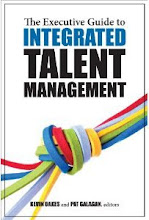



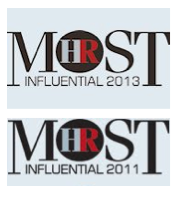







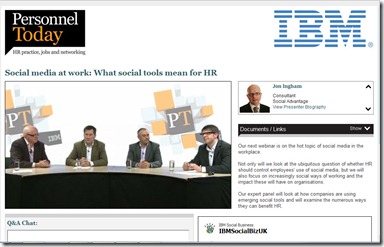
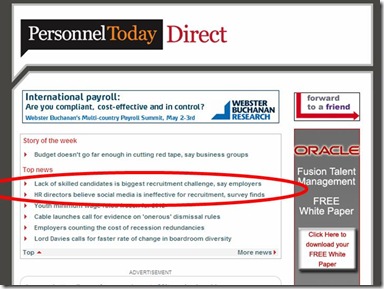
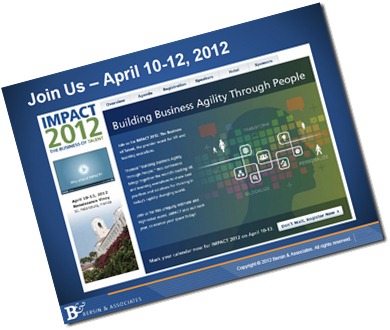

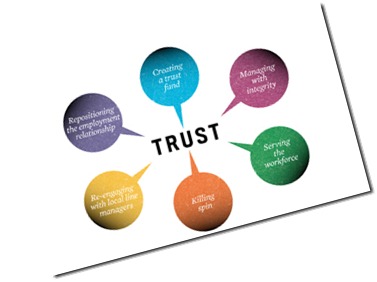
 I'm at the
I'm at the 






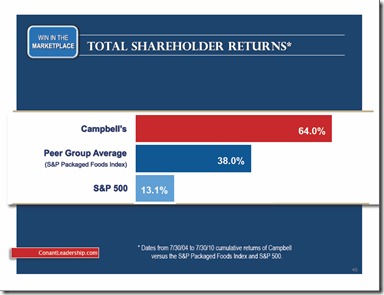
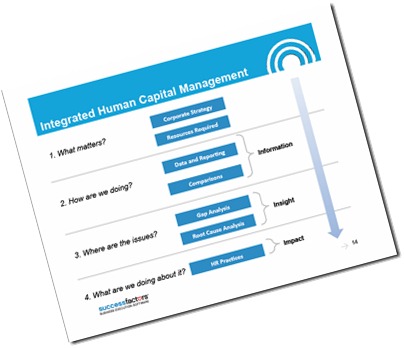
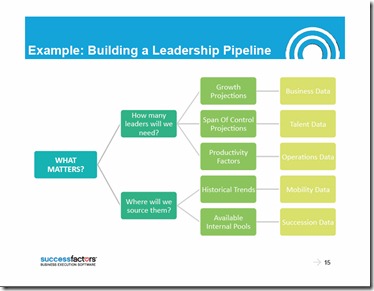
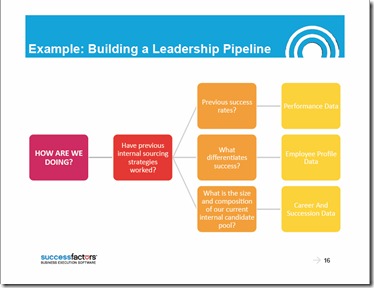
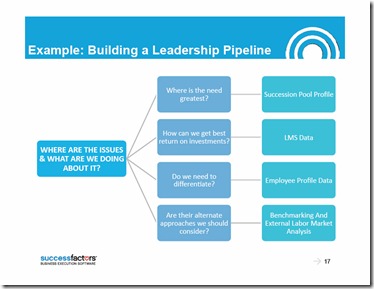
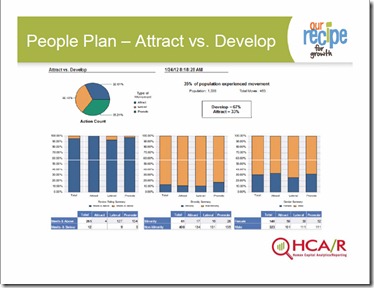

 You may have thought from my
You may have thought from my 










